Wild travel in Danube Delta

The Asian desert warbler (Curruca nana) is a typical warbler which breeds in the deserts of central and western Asia and the extreme east of Europe (Volga Delta area east to western Inner Mongolia in China), and migrating to similar habitats in southwestern Asia (Arabia to northwestern India) and the far northeast of Africa (Red […]
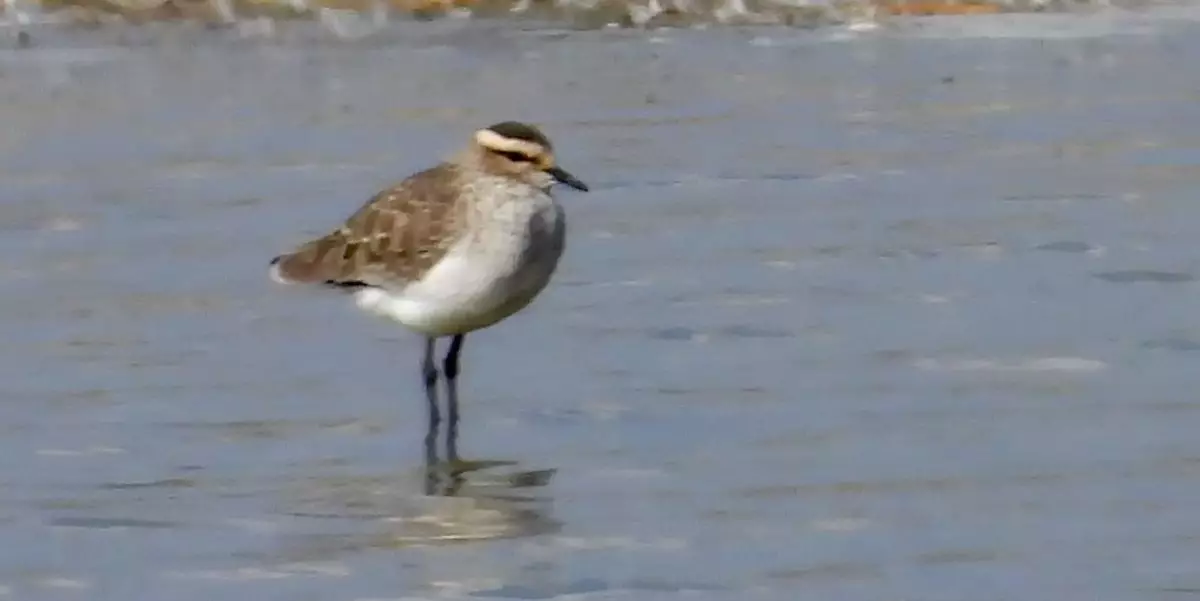
The sociable lapwing referred to as the sociable plover in the UK, is a wader in the plover family. Non breeding individuals in winter have light brown wings with a striking head pattern. The sociable lapwing has a black crown and eyestripe, the latter being bordered above and below with white. Sporadic observations in Dobrogea.
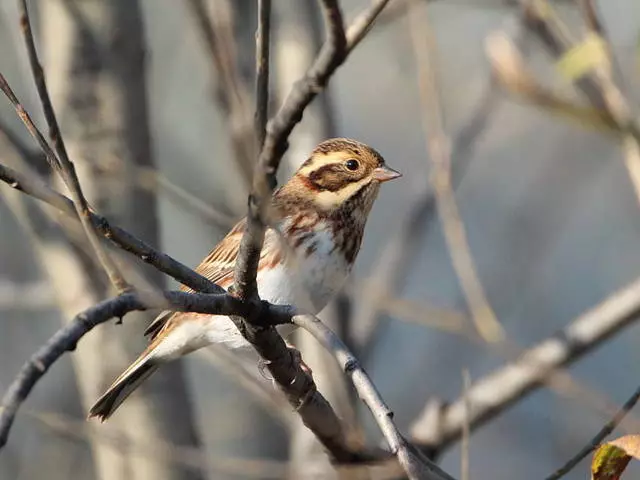
The rustic bunting (Emberiza rustica) is a passerine bird in the bunting family Emberizidae, a group now separated by most modern authors from the finches, Fringillidae. The genus name Emberiza is from Old German Embritz, a bunting. The specific rustica is Latin for “rustic, simple”. It breeds across the northern Palearctic. It is...
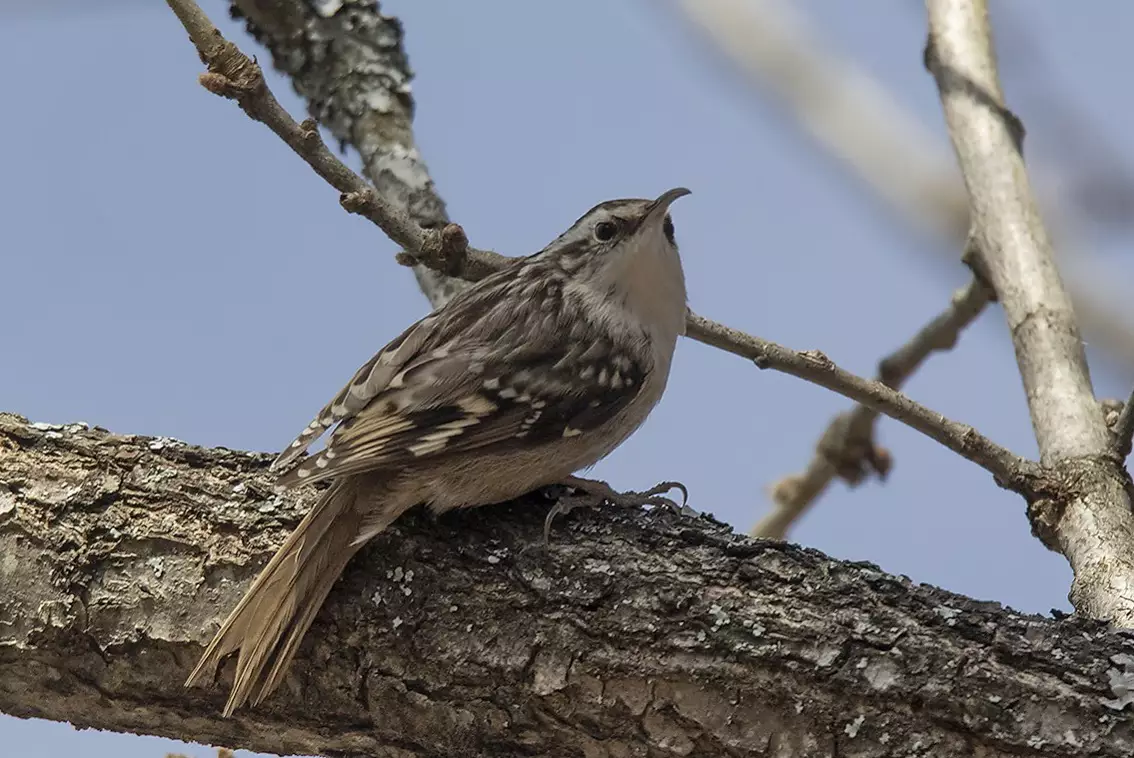
The short-toed treecreeper (Certhia brachydactyla) is a small passerine bird found in woodlands through much of the warmer regions of Europe and into north Africa. It has a generally more southerly distribution than the other European treecreeper species, the common treecreeper, with which it is easily confused where they both occur. The...
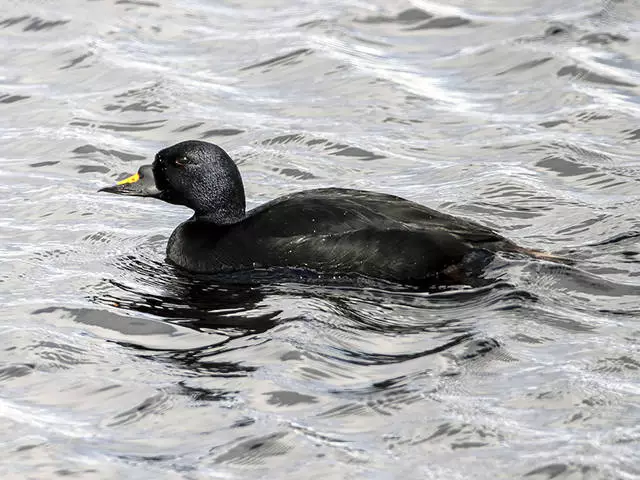
The common scoter (Melanitta nigra) is a large sea duck, 43–54 cm (17–21 in) in length, which breeds over the far north of Europe and the Palearctic east to the Olenyok River. The black scoter (M. americana) of North America and eastern Siberia was formerly considered to be a subspecies. The common scoter is characterised by its […]
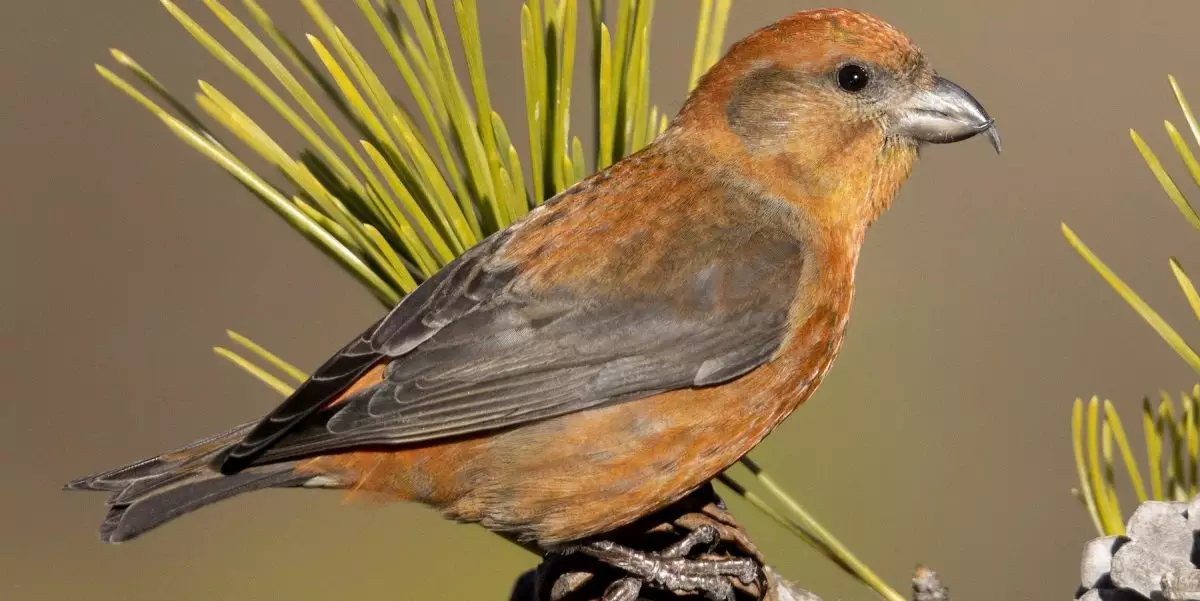
The red crossbill or common crossbill (Loxia curvirostra) is a small passerine bird in the finch family Fringillidae. Crossbills have distinctive mandibles, crossed at the tips, which enable them to extract seeds from conifer cones and other fruits. Adults are often brightly coloured, with red or orange males and green or yellow females, but...
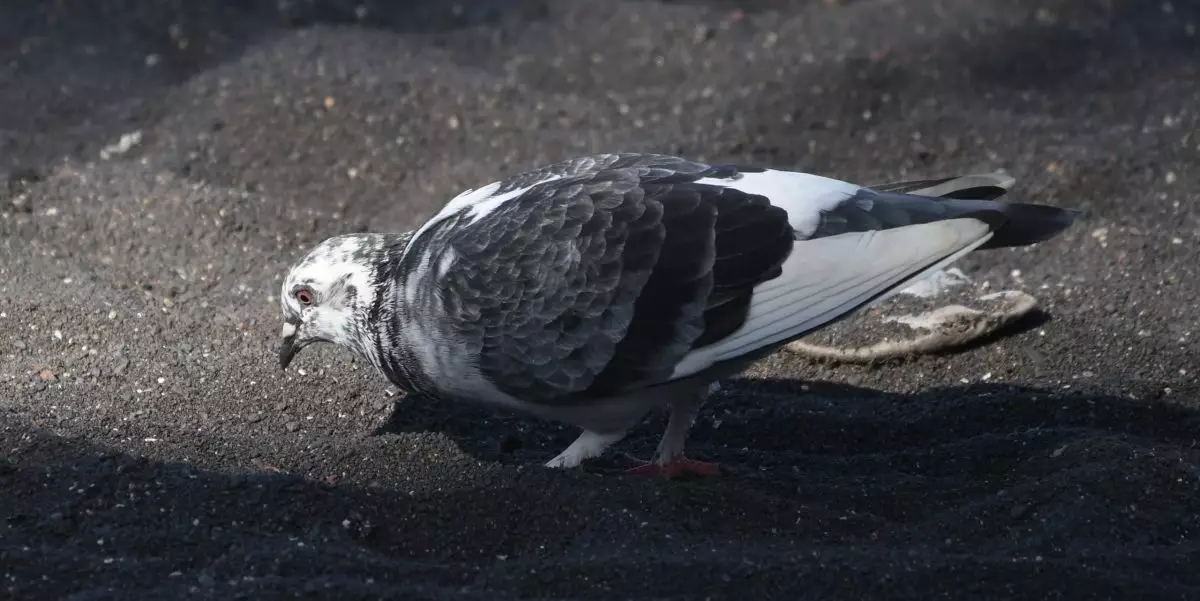
The domestic pigeon (Columba livia domestica or Columba livia forma domestica) is a pigeon subspecies that was derived from the rock dove or rock pigeon. The rock pigeon is the world’s oldest domesticated bird. Mesopotamian cuneiform tablets mention the domestication of pigeons more than 5,000 years ago, as do Egyptian hieroglyphics....

It is a small bird of prey, 27–33 cm (11–13 in) in length with a 63–72 cm (25–28 in) wingspan. It looks very much like the larger common kestrel but has proportionally shorter wings and tail. It shares a brown back and barred grey underparts with the larger species. The male has a grey head and tail like male […]
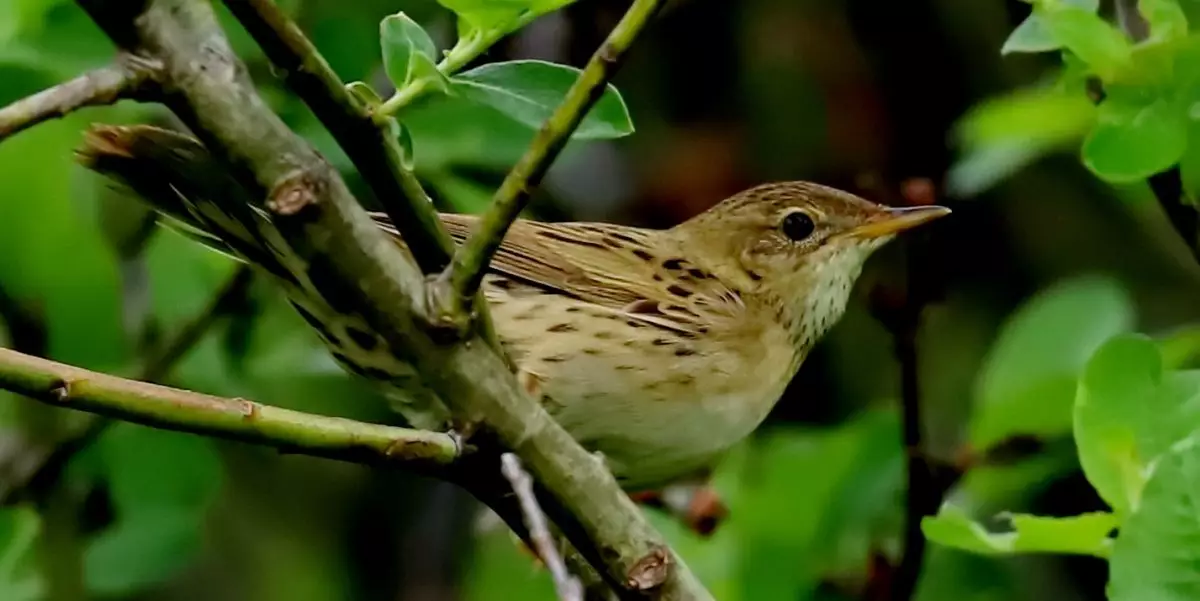
The common grasshopper warbler (Locustella naevia) is a species of Old World warbler in the grass warbler genus Locustella. It breeds across much of temperate Europe and the western Palearctic. It is migratory, wintering in north and west Africa. This small passerine bird is found in short dense vegetation, often close to water. It is […]
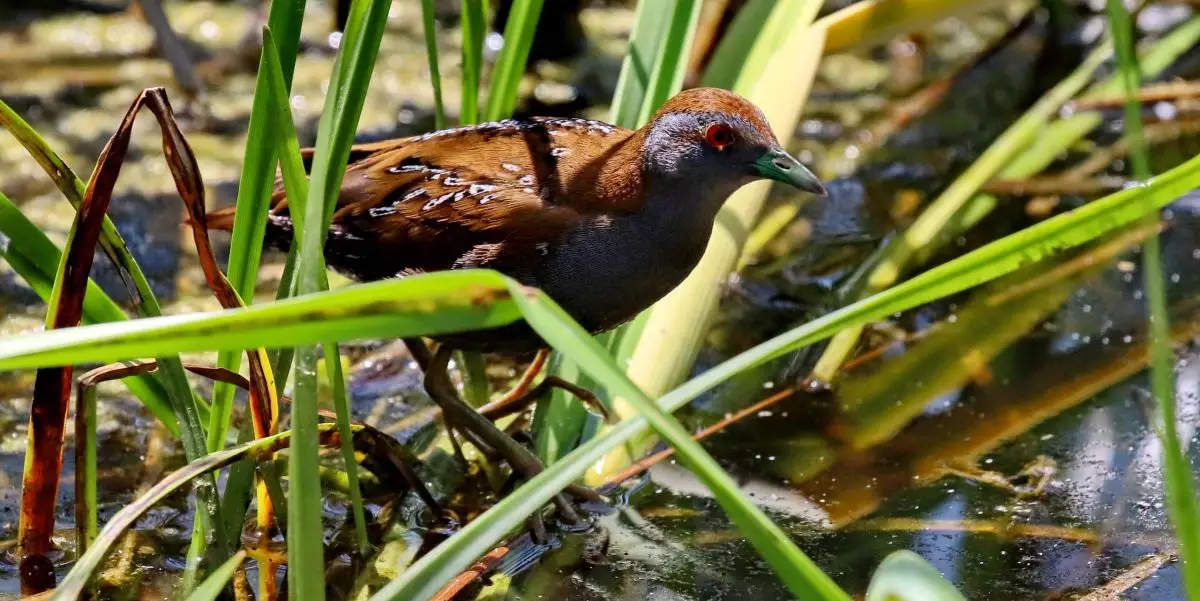
Baillon’s crake (Zapornia pusilla), also known as the marsh crake, is a small waterbird of the family Rallidae. They are 16–18 cm (6.3–7.1 in) in length, and are similar to the only slightly larger little crake. Baillon’s crake has a short straight bill, yellow or green without a red base. Adults have mainly brown...
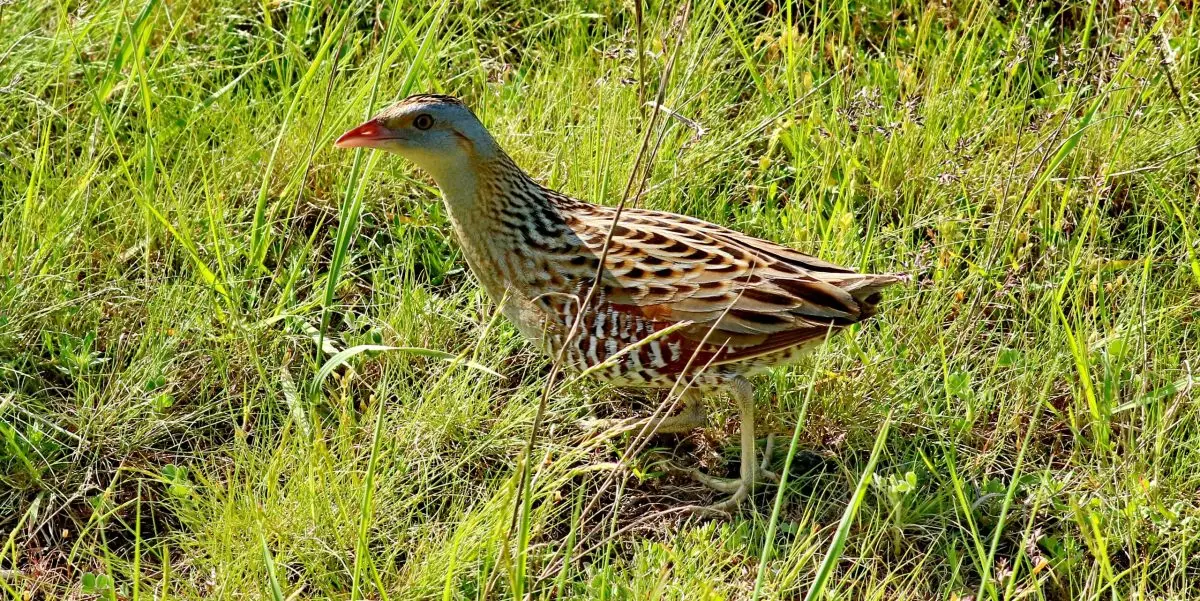
The corn crake, corncrake or landrail (Crex crex) is a bird in the rail family. It breeds in Europe and Asia as far east as western China, and migrates to Africa for the Northern Hemisphere’s winter. It is a medium-sized crake with buff– or grey-streaked brownish-black upperparts, chestnut markings on the wings, and blue-grey...
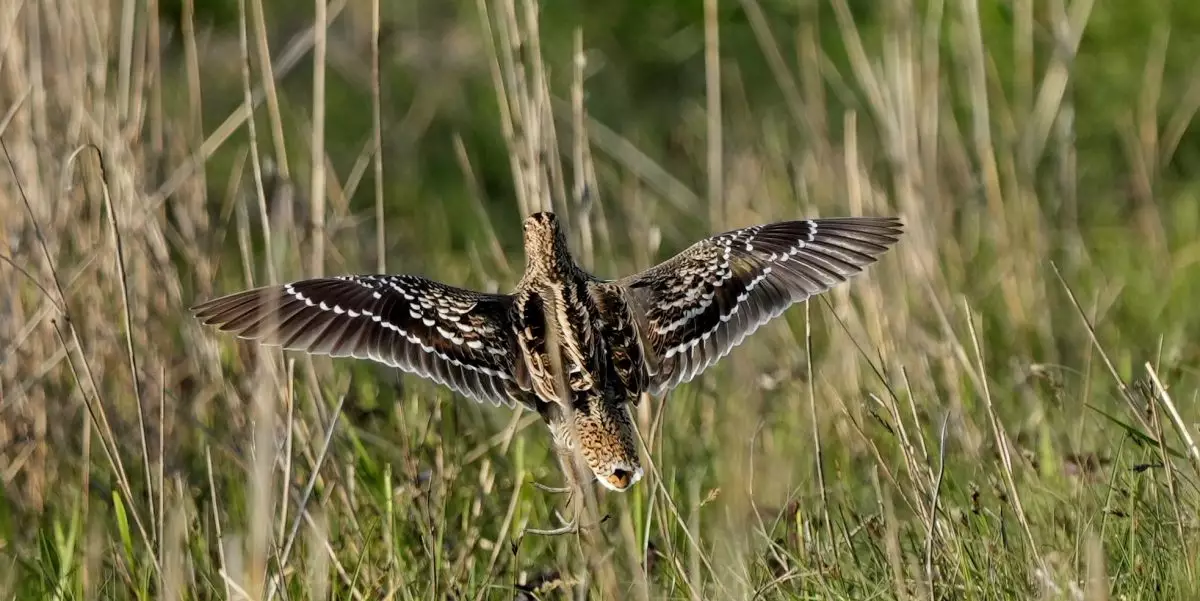
At 26–30 cm (10–12 in) in length and a 42–50 cm (17–20 in) wingspan, adults are only slightly larger, but much bulkier, than the common snipe and have a shorter bill. The body is mottled brown on top and barred underneath. They have a dark stripe through the eye. The wings are broad, and a pale wingbar is visible […]
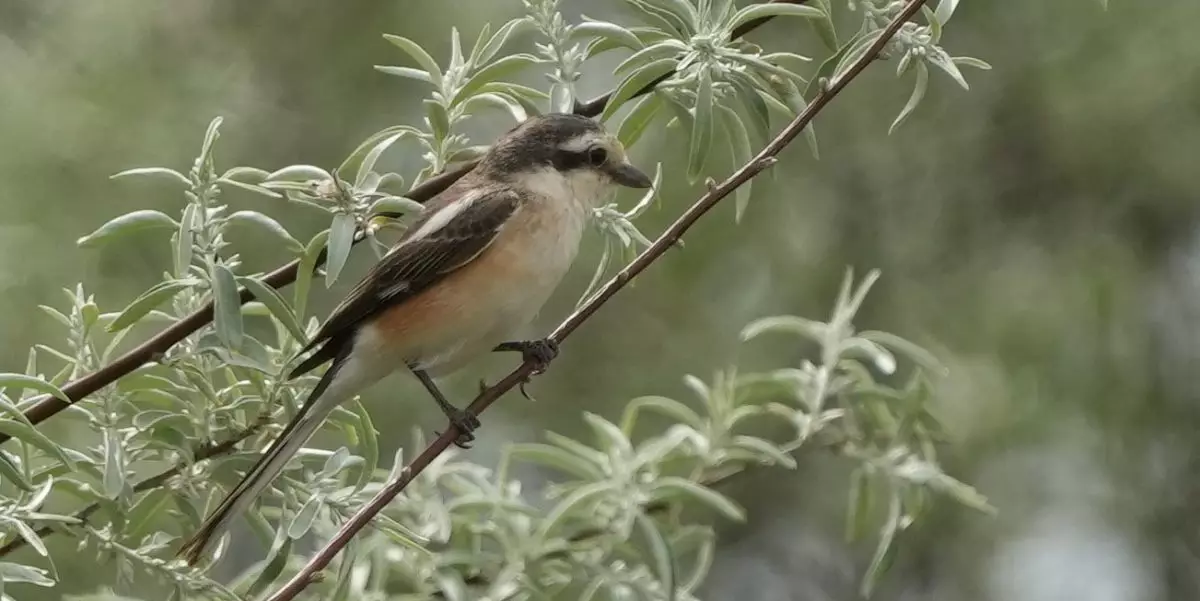
The masked shrike (Lanius nubicus) is a species of bird in the shrike family, Laniidae. It breeds in southeastern Europe and at the eastern end of the Mediterranean, with a separate population in eastern Iraq and western Iran. It is migratory, wintering mainly in northeast Africa. Although it is a short-range migrant, vagrants have occurred...

The buff-breasted sandpiper (Calidris subruficollis) is a small shorebird. The species name subruficollis is from Latin subrufus, “reddish” (from sub, “somewhat”, and rufus, “rufous”) and collis, “-necked/-throated” (from collum, “neck”). It is a calidrid sandpiper. This species is...

The pink-footed goose (Anser brachyrhynchus) is a goose which breeds in eastern Greenland, Iceland, Svalbard, and recently Novaya Zemlya. It is migratory, wintering in northwest Europe, especially Ireland, Great Britain, the Netherlands, and western Denmark. The name is often abbreviated in colloquial usage to “pinkfoot” (plural...

The pallid swift (Apus pallidus) is a swift (order Apodiformes). Swifts have very short legs which they use only for clinging to vertical surfaces. The genus name Apus is Latin for a swift, thought by the ancients to be a type of swallow with no feet (from Ancient Greek α, a, “without”, and πούς, pous, […]
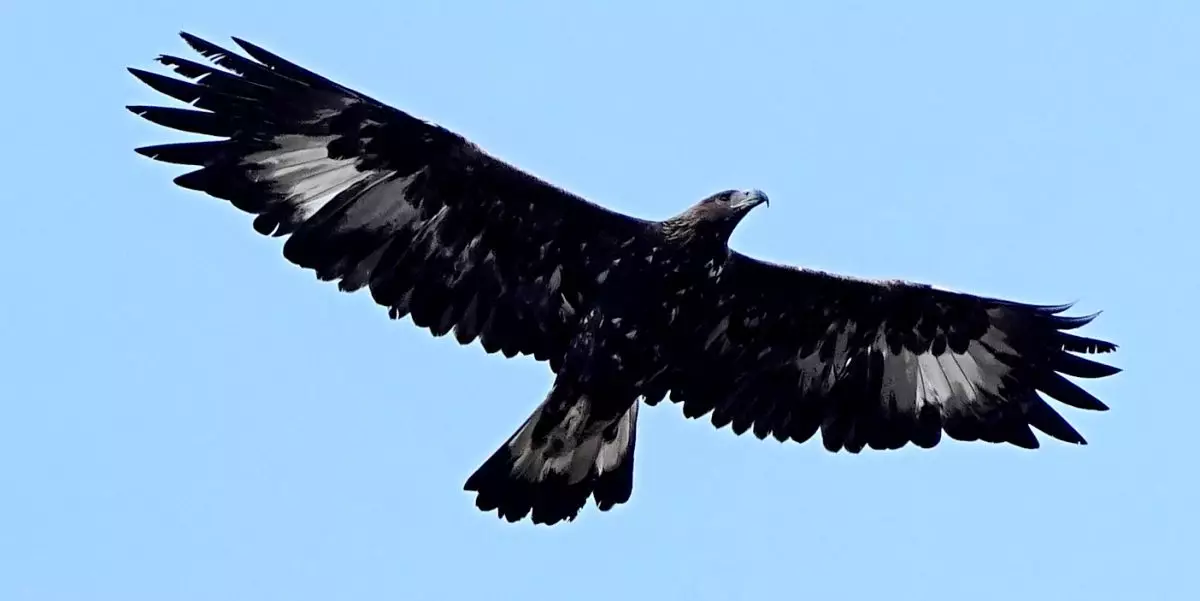
The golden eagle (Aquila chrysaetos) is a bird of prey living in the Northern Hemisphere. It is the most widely distributed species of eagle. Like all eagles, it belongs to the family Accipitridae. Adults of both sexes have similar plumage and are primarily dark brown, with some grey on the inner wing and tail, and […]

The Eurasian scops owl (Otus scops), also known as the European scops owl or just scops owl, is a small owl in the typical owl family Strigidae. Its breeding range extends from southern Europe eastwards to southern Siberia and the western Himalayas. It is migratory, wintering in Africa south of the Sahara. The Eurasian scops […]
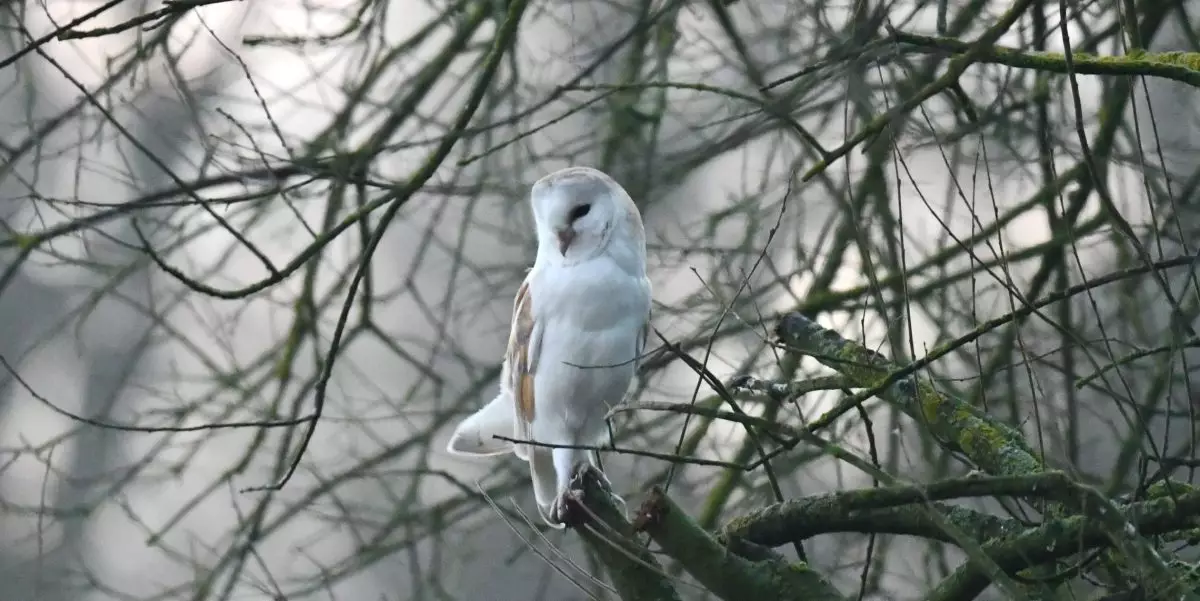
The barn owl (Tyto alba) is the most widely distributed species of owl in the world and one of the most widespread of all species of birds, living almost everywhere except for polar and desert regions, Asia north of the Himalayas, some Indonesian islands and some Pacific Islands. The plumage on the head and back […]
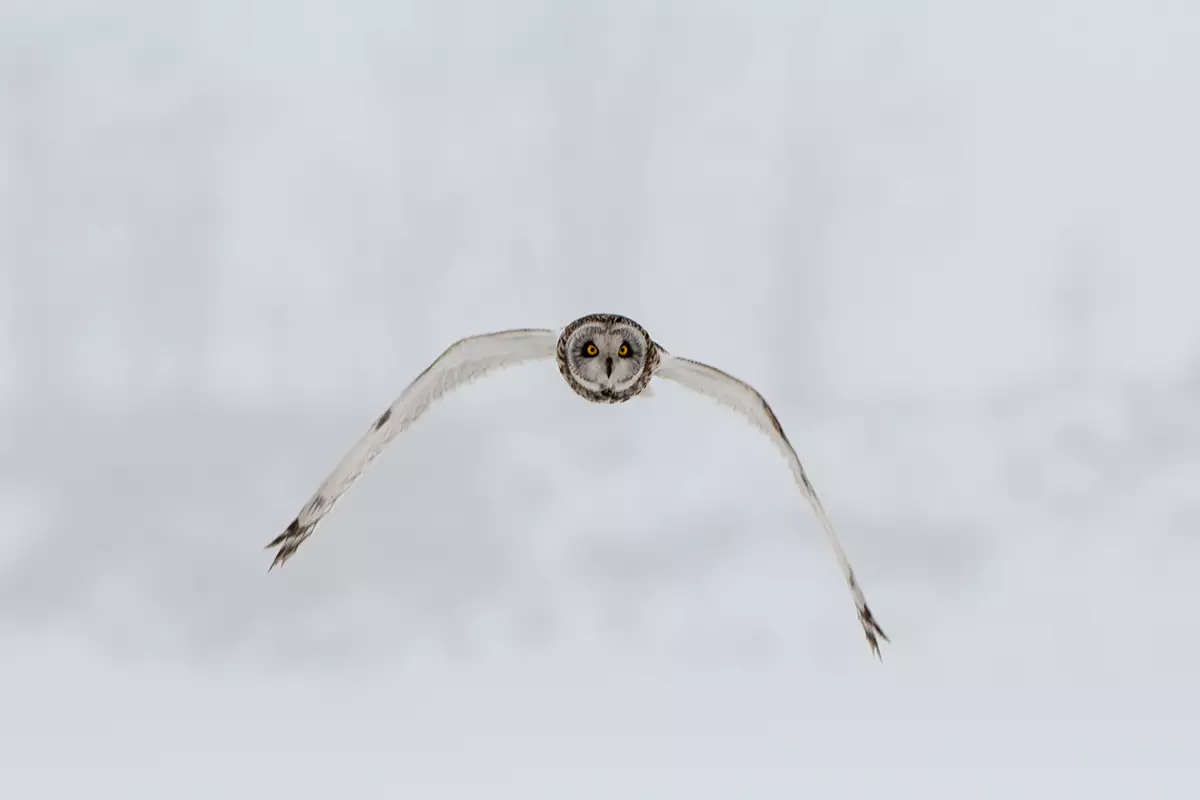
The short-eared owl (Asio flammeus) is a widespread grassland species in the family Strigidae. Owls belonging to genus Asio are known as the eared owls, as they have tufts of feathers resembling mammalian ears. These “ear” tufts may or may not be visible. The short-eared owl will display its tufts when in a defensive pose, […]
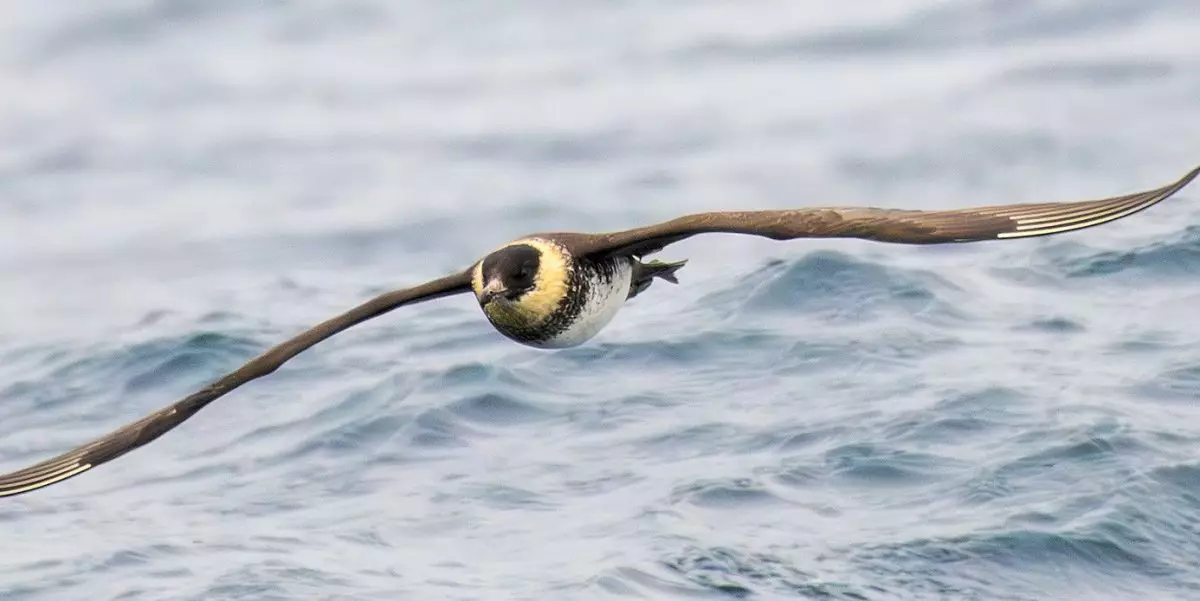
The pomarine jaeger (Stercorarius pomarinus), pomarine skua, or pomatorhine skua, is a seabird in the skua family Stercorariidae. It is a migrant, wintering at sea in the tropical oceans. The upper limit of the length includes the elongated tail streamer of breeding adults, which is about 10 cm (3.9 in) in length. Identification of this jaeger...
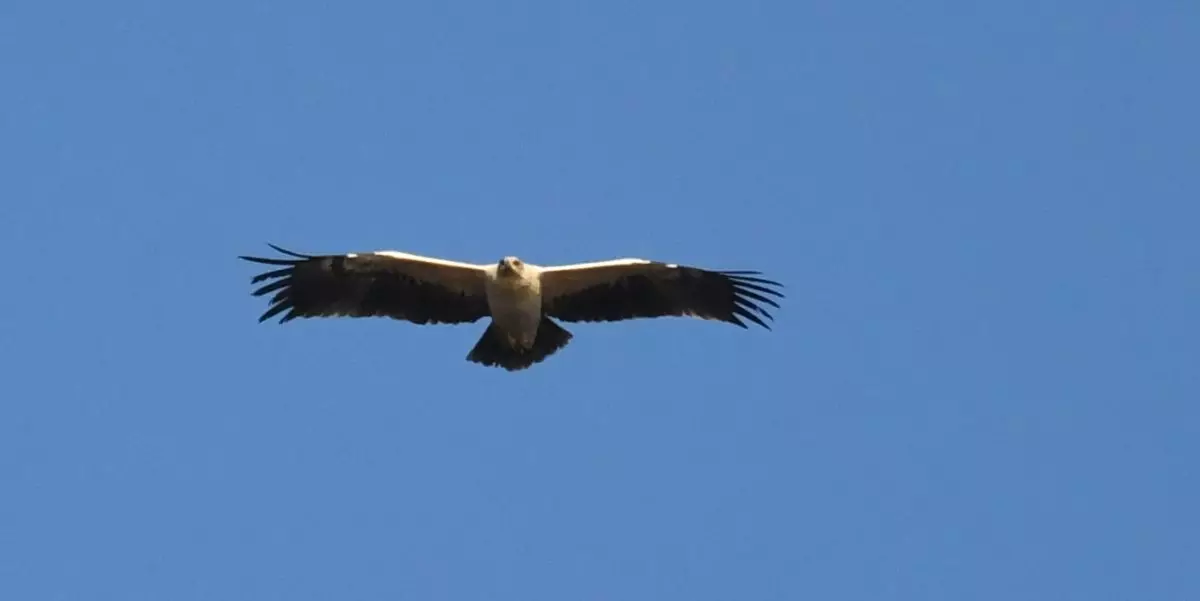
Pale adults, sometimes referred to as Clanga clanga fulvescens, have bicolored plumage. The tail, flight feathers, and greater wing coverts are all blackish, with the body and the rest of the wing coverts appearing light yellow or pale golden buff, sometimes becoming creamy when aged. The buff colour of the fulvescens phenotype is usually...
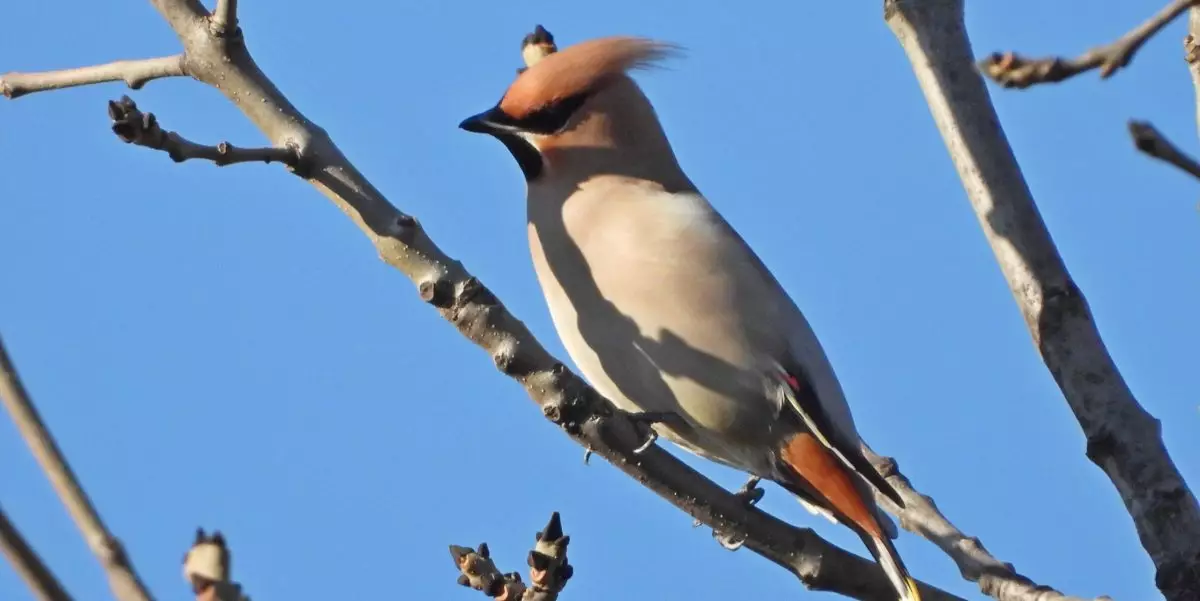
The waxwings are three species of passerine birds classified in the genus Bombycilla. They are pinkish-brown and pale grey with distinctive smooth plumage in which many body feathers are not individually visible, a black and white eyestripe, a crest, a square-cut tail and pointed wings. Some of the wing feathers have red tips, the resemblance...
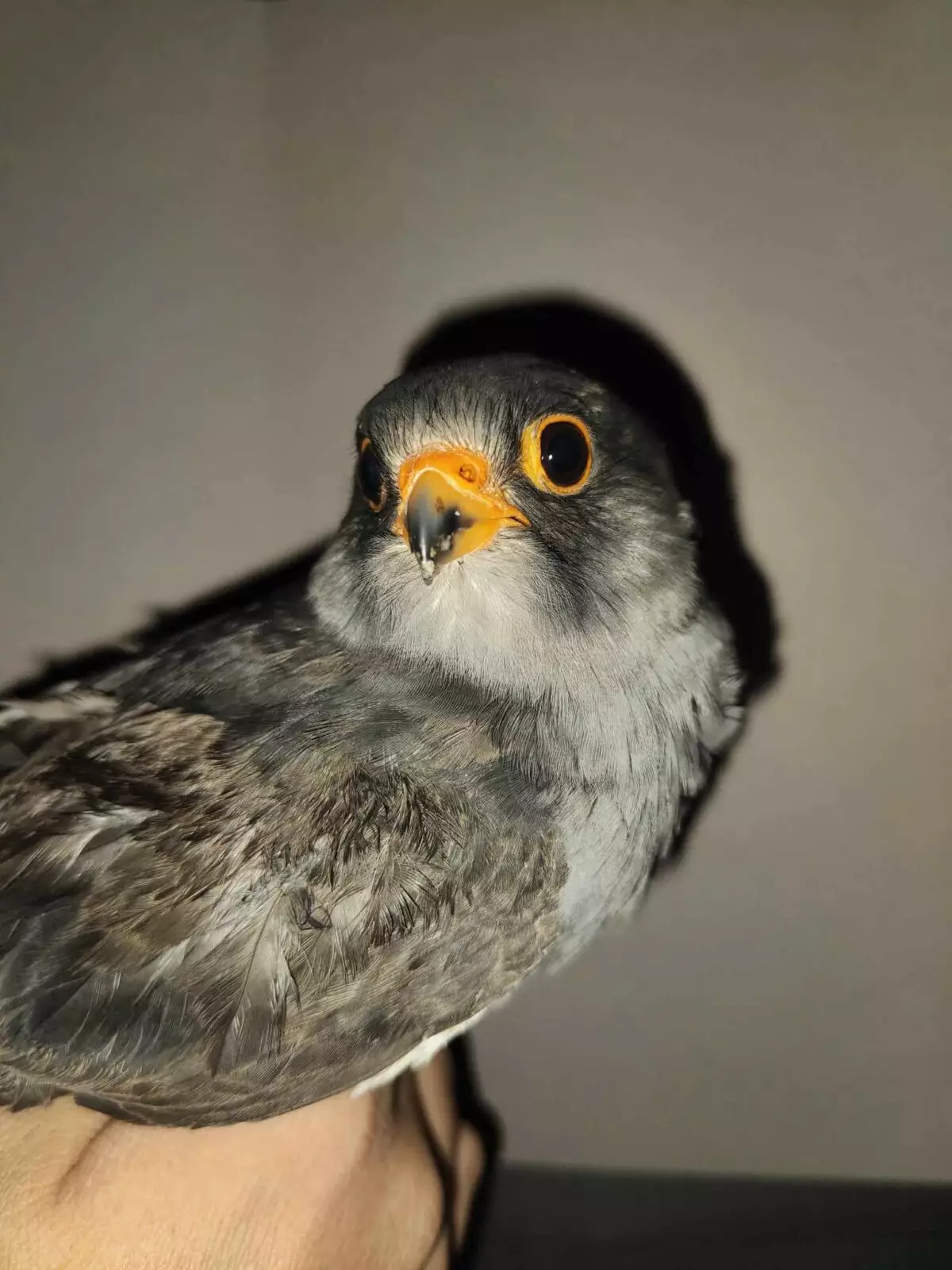
The Amur falcon (Falco amurensis) is a small raptor of the falcon family. It breeds in south-eastern Siberia and Northern China before migrating in large flocks across India and over the Arabian Sea to winter in Southern and East African coasts. Males are characteristically dark sooty grey above with rufous thighs and vent. In flight, […]
